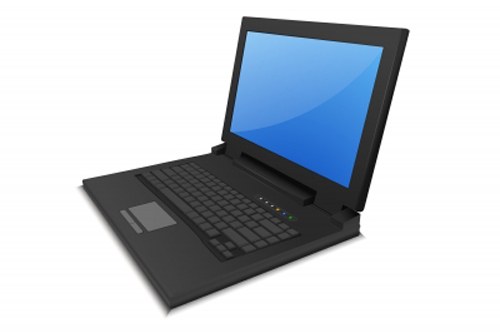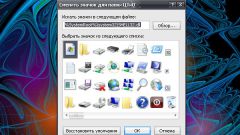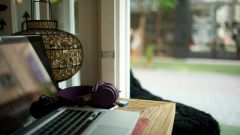Instruction
1
Open the "Screen". This can be done in several ways. Using the Windows key or click the "start" menu and select "control Panel". Find the category "appearance and themes" icon "Screen", clicking on it with the left mouse button.
2
Another faster way: click the right mouse button on the desktop in any free from files and folders. In the context menu select Properties. Opens a new dialog box "display Properties".
3
Activate the tab "desktop" and click at the bottom of the window click "customize desktop". Additionally, in the opened window go to "General" tab, and check the marker field of the "My computer" under "desktop Icons". Save the new settings – label "My computer" will be restored on the desktop.
4
To return to the icon "My computer" in the start menu, invoke another component, "task Bar and start menu. To do this, you can also select one of the ways. Using "start menu", go to "control Panel" and select category "appearance and themes" item "Properties taskbar and start menu.
5
Alternative: click the right mouse button on the taskbar in any free place icon and select the context menu item "Properties". A new window will open, go to the tab "Menu "start-up". Click on the "Configure" button next to the item "Menu "start-up".
6
This opens another window "setup menu "start", make it active in the "Advanced" tab. In the "menu Items "start," scroll down the list until you find the option "My computer".
7
Set the marker in one of the most suitable fields: "Display as menu" or "Display as a link". Click OK, an additional window will be closed automatically. Apply the new settings in the properties window, and close it with OK button or icon [x].




